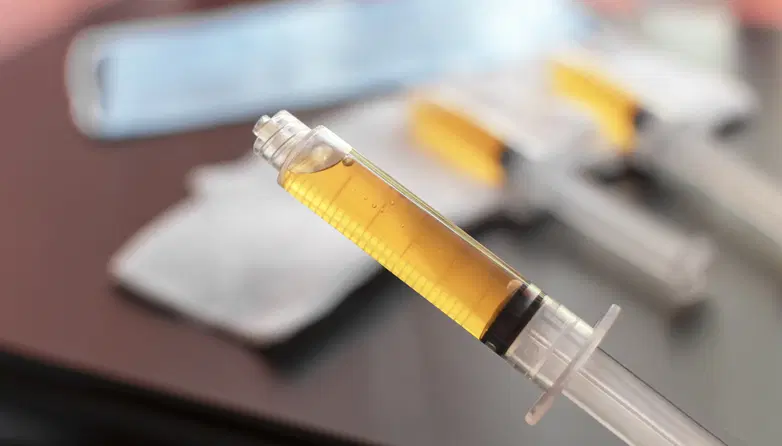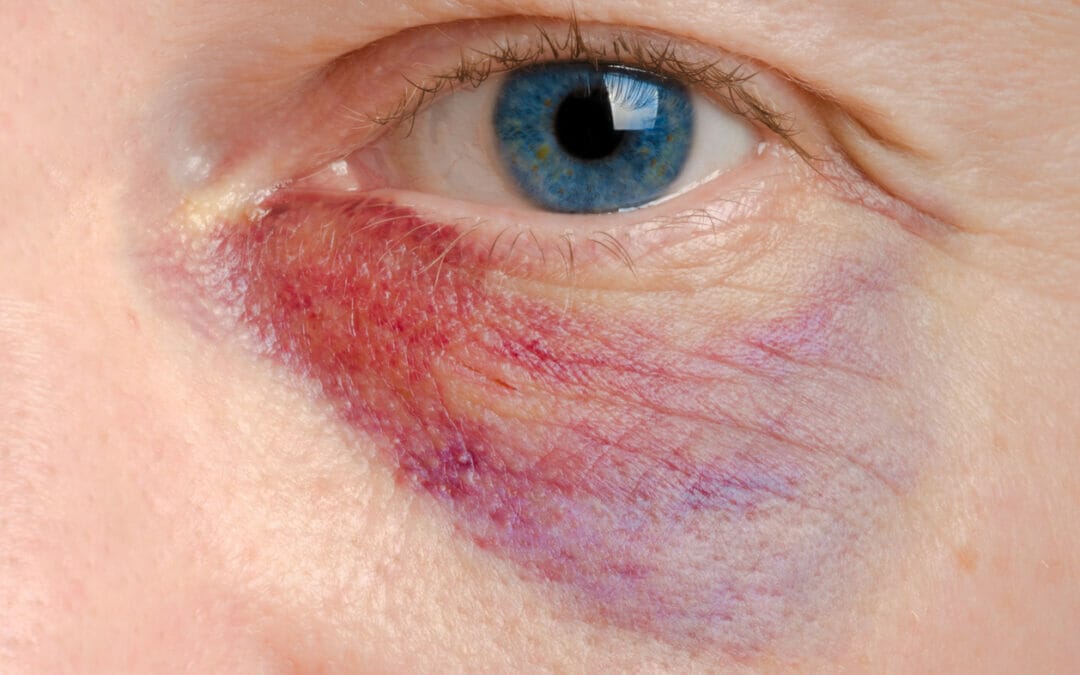
Discover the Power of PRP (Platelet Rich Plasma) Therapy
Platelet-rich plasma (PRP) therapy is used in many aspects of medicine. At Evolution Dermatology, we are excited to offer Platelet-Rich Plasma (PRP) therapy, a cutting-edge treatment harnessing the natural healing power of your own blood. Whether you’re looking to rejuvenate your skin, stimulate hair growth, or enhance your overall appearance, PRP therapy can be a transformative solution.
What is PRP Therapy?
Your body has the ability to heal itself. PRP therapy is a form of regenerative medicine that utilizes the growth factors and healing properties found in your own blood.
The process begins with a simple blood draw, which is then processed in a centrifuge to separate and concentrate the platelet-rich plasma. This golden serum is rich in growth factors that can stimulate cell regeneration and accelerate healing.
PRP therapy has been shown to help with hair growth, increase collagen and elastin production and help your body heal faster and better. And best yet, this comes naturally from your own body!
How Can PRP Therapy Benefit You?
1) Scalp Injections for Hair Loss

PRP is a treatment used to help restore hair growth. Most research on PRP for hair loss has focused on its use to treat androgenetic alopecia (AGA) as it is the most common. Also known as hormone-related hair loss, this is a condition that has been found to affect 80% of men and 50% of women throughout their lifetime. In men with AGA, hair loss typically occurs on the top and front of the head. In women, thinning occurs on the top and crown of the head and often begins with the center hair part growing wider.
PRP therapy has shown in studies to be an effective treatment for androgenetic alopecia (AGA). The research has demonstrated that PRP can enhance hair growth by increasing both hair count and hair thickness. For best results, consistency is key. Typically, PRP treatments are administered monthly for the first few months, followed by maintenance sessions every few months.
Depending on your specific reason for hair loss, PRP may work best when it is combined with other treatments, such as topical minoxidil (Rogaine), oral minoxidil, prescription finasteride (Propecia), dutasteride or spironolactone. So if you are noticing hair loss, make an appointment so that we can determine what treatment plan may be the best one for you.
2) Facial Injections

PRP can be injected to treat wrinkles in areas like around your mouth or to improve the skin texture under your eye area. First the area will be numbed with topical anesthetic so that you are comfortable, and the PRP injections are only tiny ones placed just under the skin.
It has been shown that these injections stimulate collagen production and work to improve the quality of skin. Typically, a series of 3-4 treatments, spaced a month apart, will have you feeling like a rejuvenated version of yourself!
3) Microneedling + PRP: A Perfect Match

Why settle for microneedling alone when you can supercharge it with PRP? The PRP enhances your results by working to stimulate more cell growth and generate more collagen and elastin production than microneedling alone. It also decreases downtime and promotes faster healing.
The PRP is placed on your skin while you are having the microneedling procedure and just after while the channels in your skin created by the microneedling pen are still open. Plus, PRP decreases downtime and promotes faster healing,so you’re back to flaunting your glow in no time!
Pro Tip on the Day of Your PRP Treatment:
Drink plenty of water starting the day before treatment. Being well hydrated will help your blood draw go more smoothly.
Ready to Experience the Magic of PRP?
At Evolution Dermatology + Wellness, we are committed to providing advanced treatments like PRP therapy to help you achieve your aesthetic goals. Whether you’re addressing hair loss, fine lines, or seeking enhanced skin rejuvenation, PRP therapy can be a valuable part of feeling your best.
To learn more about PRP therapy or to schedule your consultation, please call us at 720-738-7770.
We look forward to helping you discover the benefits of this innovative and amazing treatment!


